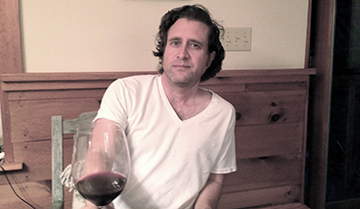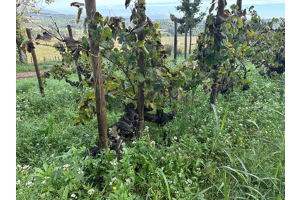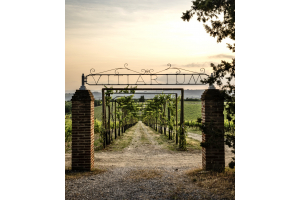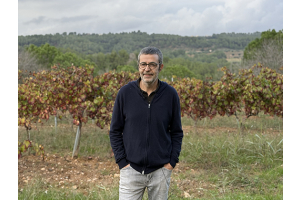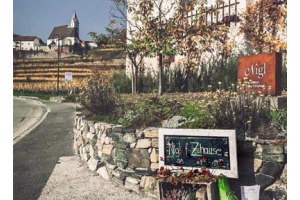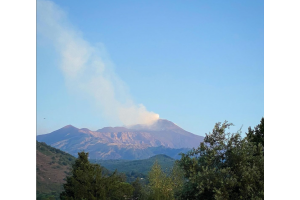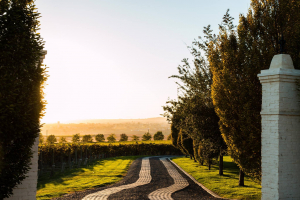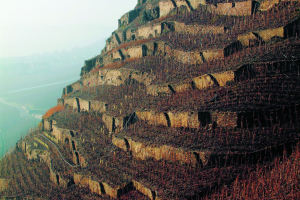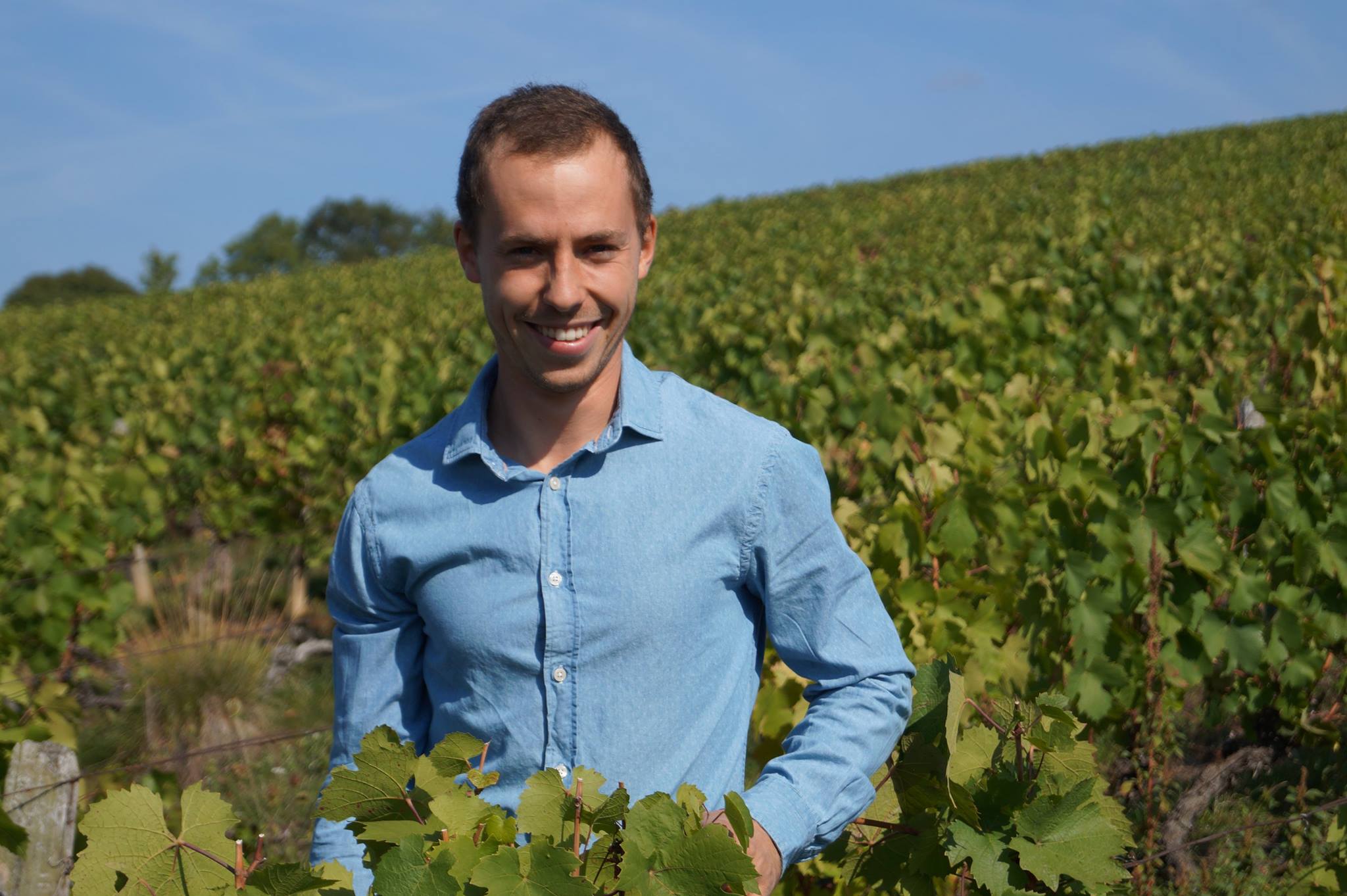
Beaujolais has become much more than that once-a-year event that happens the third Thursday in November known as Beaujolais Nouveau. It got its name from the town of Beaujeu in Eastern France. The region is located north of Lyon, and covers parts of the north of the Rhône and parts of the south of Burgundy.
In the 1980s, Beaujolais hit a peak of popularity in the world's wine market with its Beaujolais nouveau wine. Today it has become a favorite of those who prefer lighter, crisper reds with good acidity. It has a similar pairing profile to Pinot Noir and could be considered a good wine to choose with dishes that one would traditionally pair with white wines such as fish or white meats.
Grape Collective talks with Thibaut Girin about his estate Domaine Girin and the evolution of Beaujolais.
Christopher Barnes: Tell us about the history of Domaine Girin.
Thibaut Girin: Pierre Girin began the history of our family estate in 1890. Then, it was the transmission from father to son that took place to reach the fifth generation in 2016 with my arrival, as the current head of the domain. I joined the estate in 2016 after a few months spent at an estate in New Zealand. Each generation has marked the history of our estate, with a common desire to make our traditions, our values and our family heritage endure.
Currently, our estate covers an area of 35 hectares.
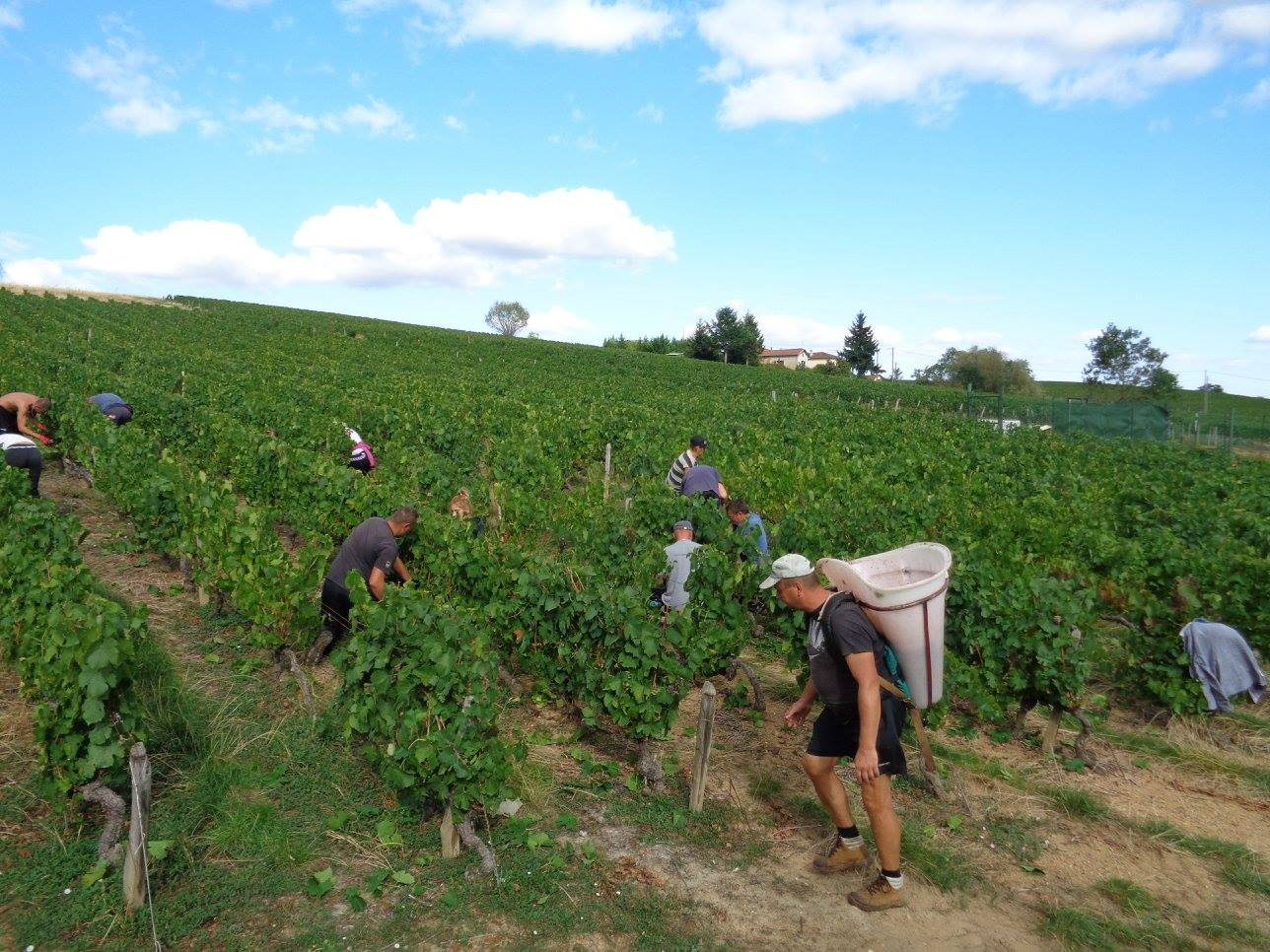 What is the philosophy of winemaking and viticulture at Domaine Girin?
What is the philosophy of winemaking and viticulture at Domaine Girin?
We are convinced that the quality of the wine comes from the way we grow the vines. We attach great importance to all the daily tasks that we carry out in each of our plots. The quality of each harvested grape will impact the final quality of the wine, that is why we strive to bring to the vine in a natural way all that it needs.
Three strong values drive us every day. These include tradition—respecting the heritage of our ancestors. Originality, with our priority being not only innovation in our products to bring satisfaction to our customers, but also in the way we vinify and grow our wine. And finally eco-responsibility, showing respect for the environment and expressing our terroir in an authentic way in each of our wines. Our estate is part of the Terra Vitis environmental approach.
What is the terroir like at the estate?
Our estate is located in the south of Beaujolais, in the well-known area of the Pierres Dorées. Contratry to most of southern Beaujolais soil, which is limestone clay, the plots of the estate are planted on sandy granite soils, soils very favorable to the development of the Gamay grape variety.
Our white wines from the Chardonnay grape variety, evolving on granitic soils, are rich and highly mineralized wines.
 How would you describe the different wines you make?
How would you describe the different wines you make?
We have a traditional range of wines which include our Beaujolais Nouveau and our Séduction vintage. These two must-see wines bring all that can be expected from the Gamay grape variety: fruitiness, flexibility and finesse.
We also have a range of Prestige wines where we find the emblematic Cuvée Coteau du Razet, a parcel selection of old vines, located in a place of the same name. This is an intense, concentrated wine that preserves ripe fruit aromas. We also present two wines aged in oak barrels, one red and one white, rare and atypical vintages for Beaujolais wines.
How has the Beaujolais region evolved over time?
The region has made its fame thanks to Beaujolais Nouveau, and for some years, thanks to the work and experience of the winemakers, the Beaujolais are also long-keeping wine, who only want to showcase themselves and give to consumers pleasure all year round.
In order to diversify their production, the producers of Beaujolais have largely introduced the Chardonnay grape variety to offer white wines and Crémants.
